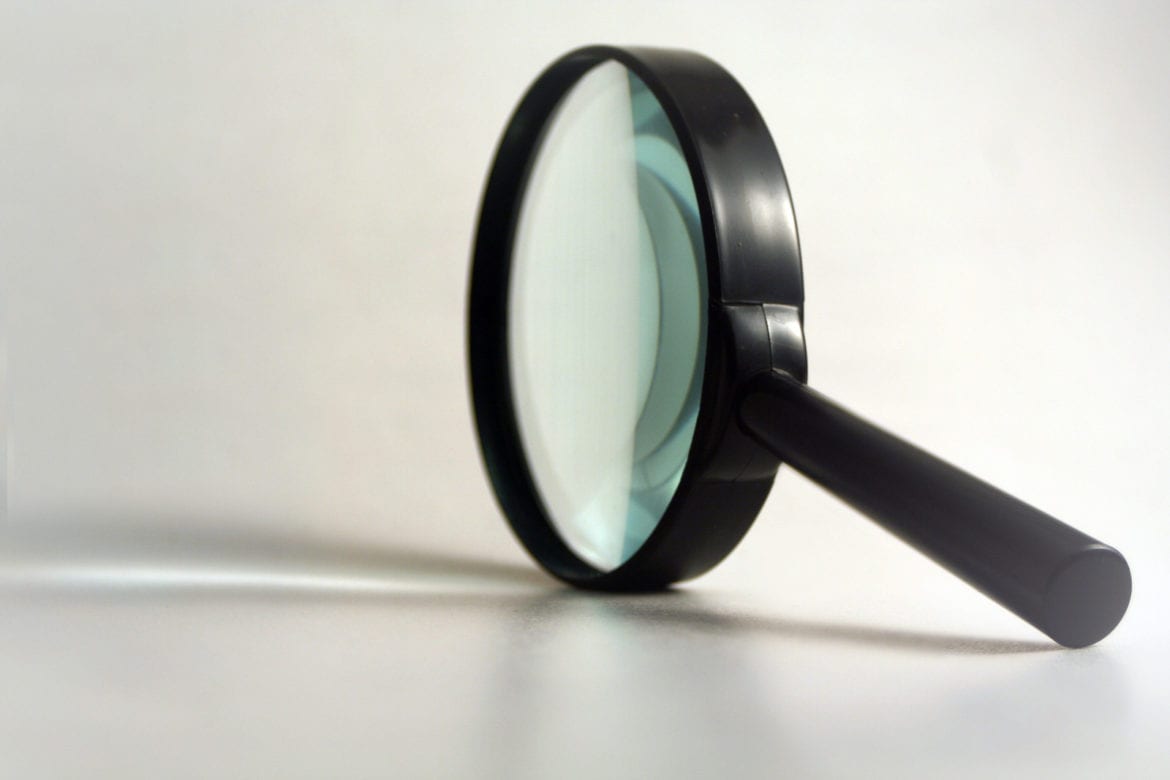|
Getting your Trinity Audio player ready...
|
Two recent studies on how people use Google search have thrown up some surprising findings for publishers.
For example, one study (of billions of search results) found that over a quarter of Google searchers click on the first organic result. This ranking at position #1 achieves a click rate that is more than 10x higher than a ranking at position #10.
Since the average CTR falls sharply after position #1, the biggest, absolute leap in CTR is made with a ranking improvement from #2 to #1.
These new studies challenge a number of established ideas on user behavior, and provide insights into what’s working right now on the SERPs (Search Engine Results Pages).
The Google SERPs are rapidly changing. More ads. More SERP features. And even entirely new search experiences, like Google Discover. Which is why we wanted to get a glimpse into how users interact with modern day search results.
Brian Dean, Founder of Backlinko
Backlinko’s investigation on how people interact with modern Google SERPs reveals that:
- Google searchers use one of Google’s autocomplete suggestions 23% of the time. People that search for informational and local searches tended to click on an autocomplete suggestion more often than those searching with commercial queries.
- The majority (59%) of Google users visit a single page during their search session. Only 6% need to visit four or more pages in order to get an answer to their query.
- 65% of searchers click on a traditional “10 blue link” search result during their search session.
- 19% of searchers click on a Google Ad during their search, although this varied widely depending on the query.
- Only 17% of users bounced back to the search results after clicking on a result. Only 5% of users bounce more than once for the same query.
- Only 9% of Google searchers make it to the bottom of the first page of the search results. Only .44% of searchers go to the second page.
- The average search session takes 76 seconds to complete. And half of all search sessions are finished within 53 seconds.
For more details, you can access the full report here:
How People Use Google Search (New User Behavior Study)
In another study, Sistrix analyzed over 80 million keywords and billions of search results to understand how users engage with SERPs. Their report: Why (almost) everything you knew about Google CTR is no longer valid.
We were as surprised as you are going to be in a moment. Throw your outdated knowledge about CTRs away and let’s start from scratch.
Johannes Beus, Founder of Sistrix
28.5% of Google users click the first organic result
Average CTR falls sharply after position #1, with the second and third positions having about 15% and 11% click-through-rates respectively.
A ranking at position #1 achieves a click rate that is more than 10x higher than a ranking at position #10. The biggest, absolute leap in CTR is made with a ranking improvement from #2 to #1: this improvement leads to a CTR that is 12.8% higher.
Google Ads reduce CTR by 10%
In the past, 3 ads with different colours have now become 4 ads that only experts can distinguish from organic results. This can also be seen in the CTRs of organic results:
The click rate for the first organic position is around 10% less than the average values. The remaining click rates on the first results page are also significantly below average.
CTR thieves: News/Images
The boxes for images and news are among the cornerstones of universal search features, and have one thing in common: visitors click less on the remaining organic results if these integrations are found in the SERPs.
Overall, the study demonstrates that keyword search volume is not the only factor that should be considered when evaluating potential clicks.
Search volume, as the sole metric for evaluating potential clicks, has had its day. As can be clearly seen in the analyses, the SERP layout of the keyword must also be included in the evaluation – only the combination of search volume and SERP layout results in a realistic number of potential visitors.
Johannes Beus, Founder of Sistrix
For more details, you can access the full report here:
Why (almost) everything you knew about Google CTR is no longer valid



